Investing in Art
Smart Strategies for Investing in Art: A 2024 Guide to Growing Your Wealth
Investing in art can be an incredibly rewarding experience, both financially and personally. Building a successful art investment portfolio is a unique and potentially profitable venture that requires knowledge of the art world and a keen eye for promising opportunities. In this guide, we’ll explore smart strategies for investing in art, discussing the art market, purchasing fine art, navigating digital platforms, and more.
Key Takeaways
- Understand the art investment landscape and associated costs.
- Explore art fairs and digital platforms for increased access to artwork.
- Tailor investments to your risk tolerance for maximum rewards.
Understanding the Art Investment Landscape
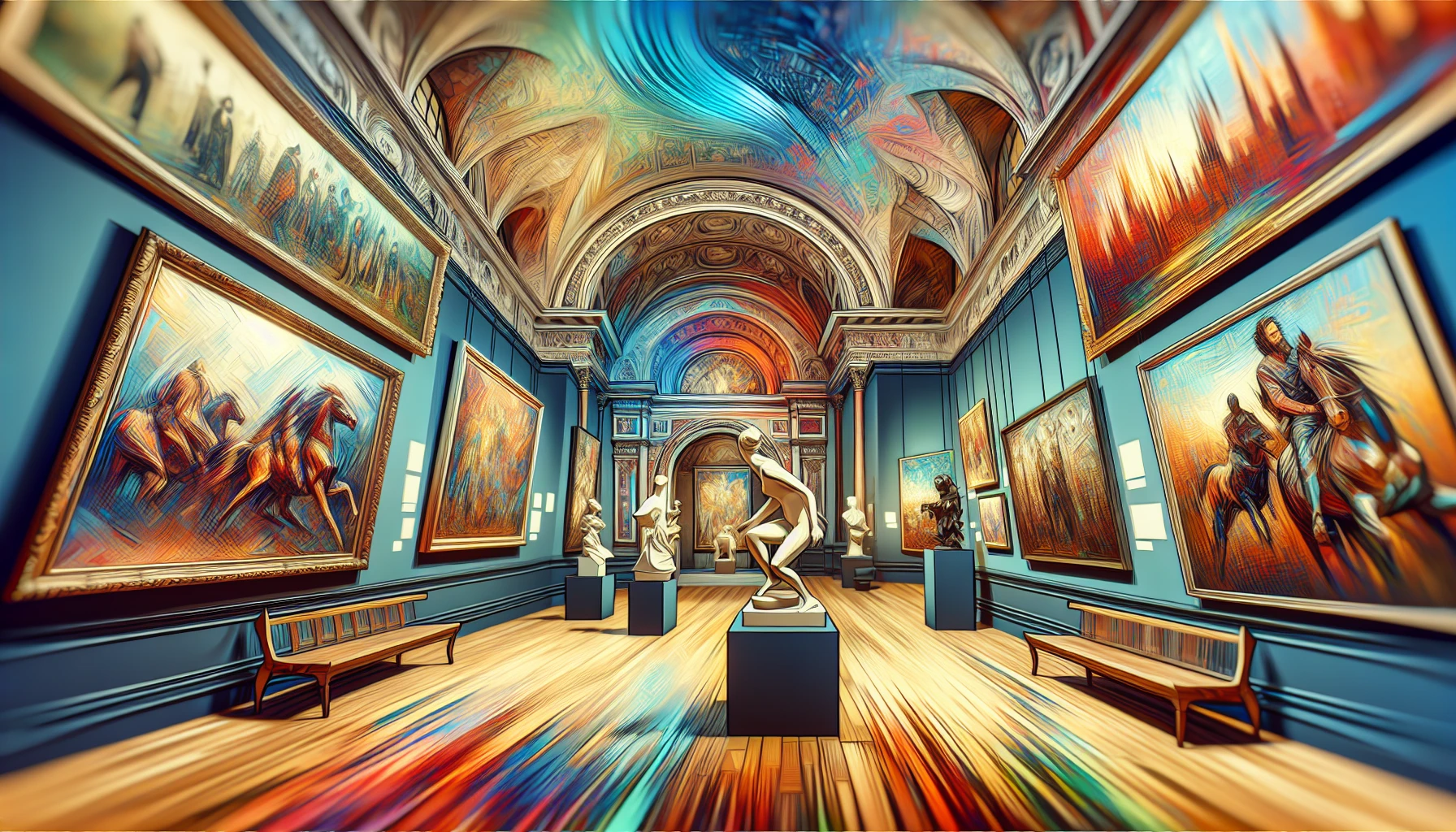
The global art market offers investors a diverse and dynamic landscape where contemporary art, fine art, and even digital art can yield substantial returns. With art investment being an alternative asset class, it provides diversification, inflation hedging, and long-term value but requires a deep understanding of the market and its unique risks and challenges.
Many art investors are drawn to the art world due to its low correlation to traditional investments, such as stocks and bonds. However, investing in art is often considered a high-risk, illiquid asset, particularly in the fine art market. Investors must diligently research and analyze the market, comprehending the nuances of different art styles, artists, and market trends.
There are various methods by which one can invest in art, including:
- Mutual funds focusing on art
- Fractional shares
- Art investment trusts
- Digital platforms
Emerging artists, including up-and-coming artists in the digital art realm, are gaining popularity as investment options, offering new possibilities for building a diversified art portfolio.
Navigating the Purchase of Fine Art
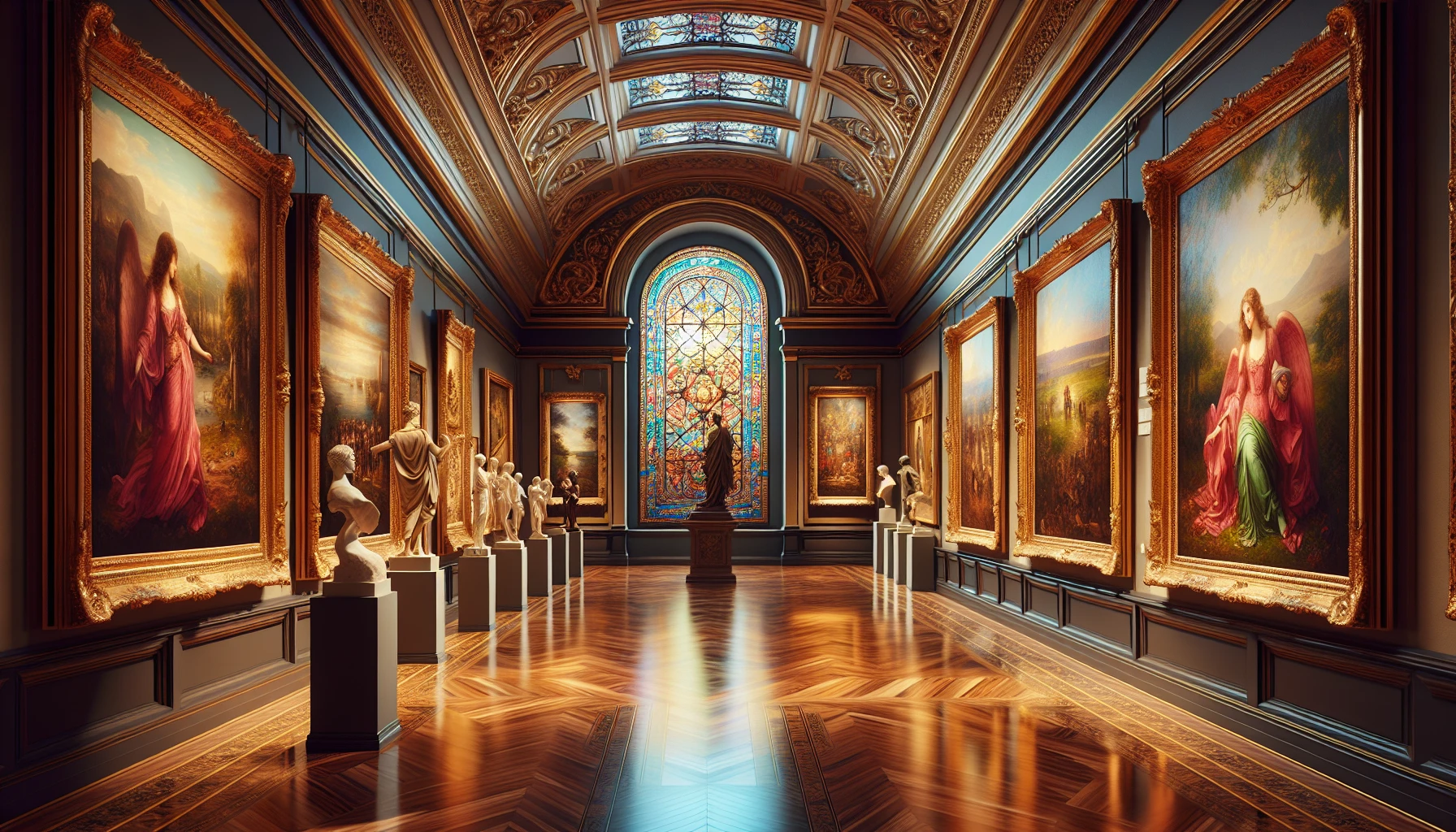
Purchasing fine art involves thorough research and understanding of the market, with options such as galleries, auction houses, and direct artist commissions available for investors. Authenticity, rarity, and condition take precedence when buying art, especially in contemporary art investments.
In addition to the artwork itself, investors must also take into account the various additional costs associated with buying art, such as storage, insurance, and commissions. Art galleries, for instance, may charge fees for their services, adding to the overall investment cost.
Staying abreast of the latest information and seeking expert advice when necessary will optimize your art investment potential. Building relationships with gallery owners, visiting museums, and engaging with fellow art collectors can be invaluable in navigating the complex world of fine art investment.
Exploring Art Fairs and Digital Platforms
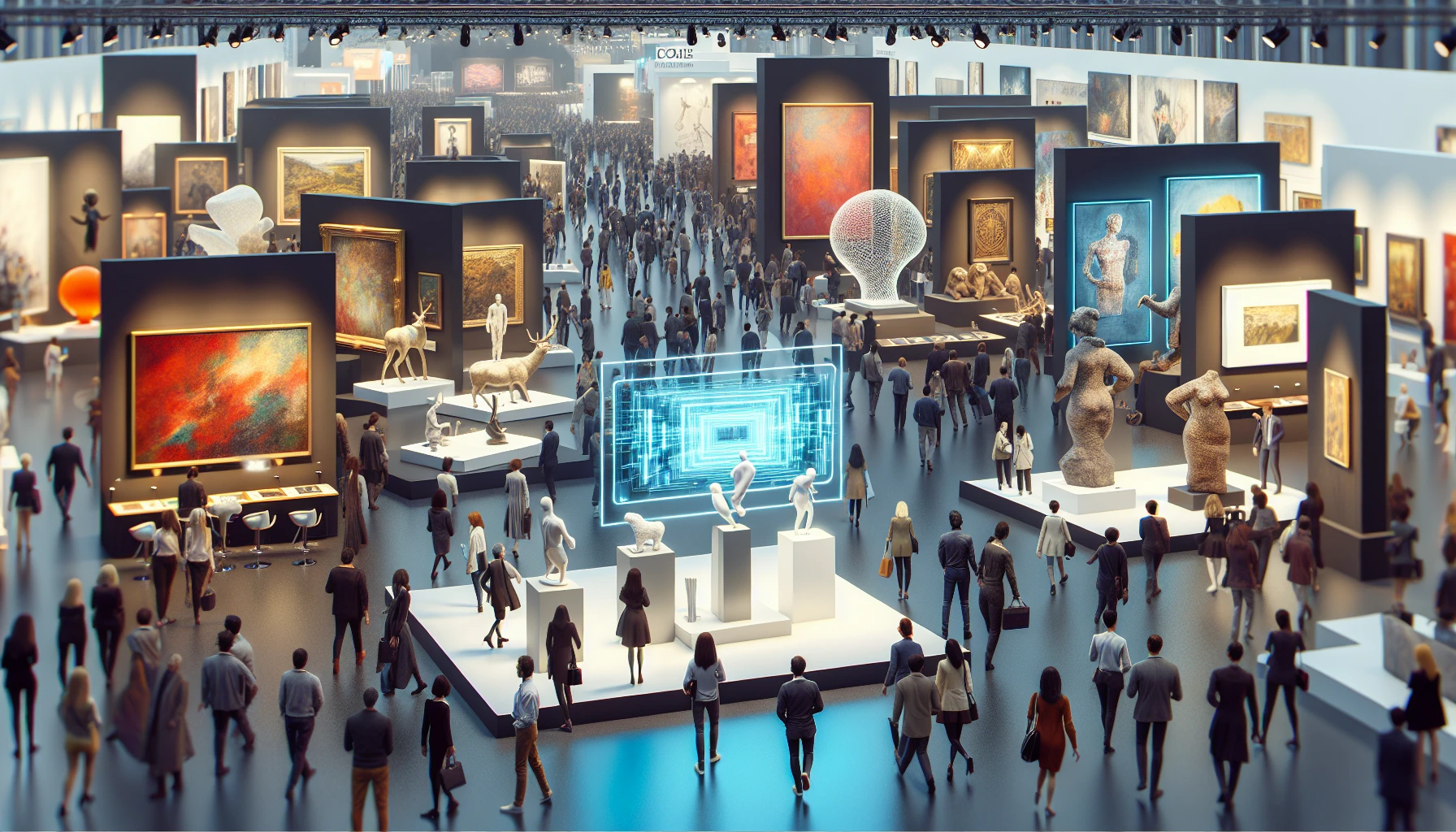
The advent of digital platforms and the growing prominence of art fairs have revolutionized the way art investors discover and invest in art. Platforms like Artnet, Artsy, and Masterworks provide many opportunities to explore emerging talents and established artists.
In addition to online platforms, traditional auction houses and art fairs continue to play a significant role in the art market. Participating in online auctions and attending art fairs allows investors to identify emerging artists and understand market trends and prospective investment opportunities.
The combination of art fairs and digital platforms allows investors to access a diverse range of artwork and artists, offering new avenues for building a well-rounded art investment portfolio. With the increasing popularity of digital art, investors have even more options for diversifying their investments and exploring new possibilities in the art world.
The Economics of Art Investing
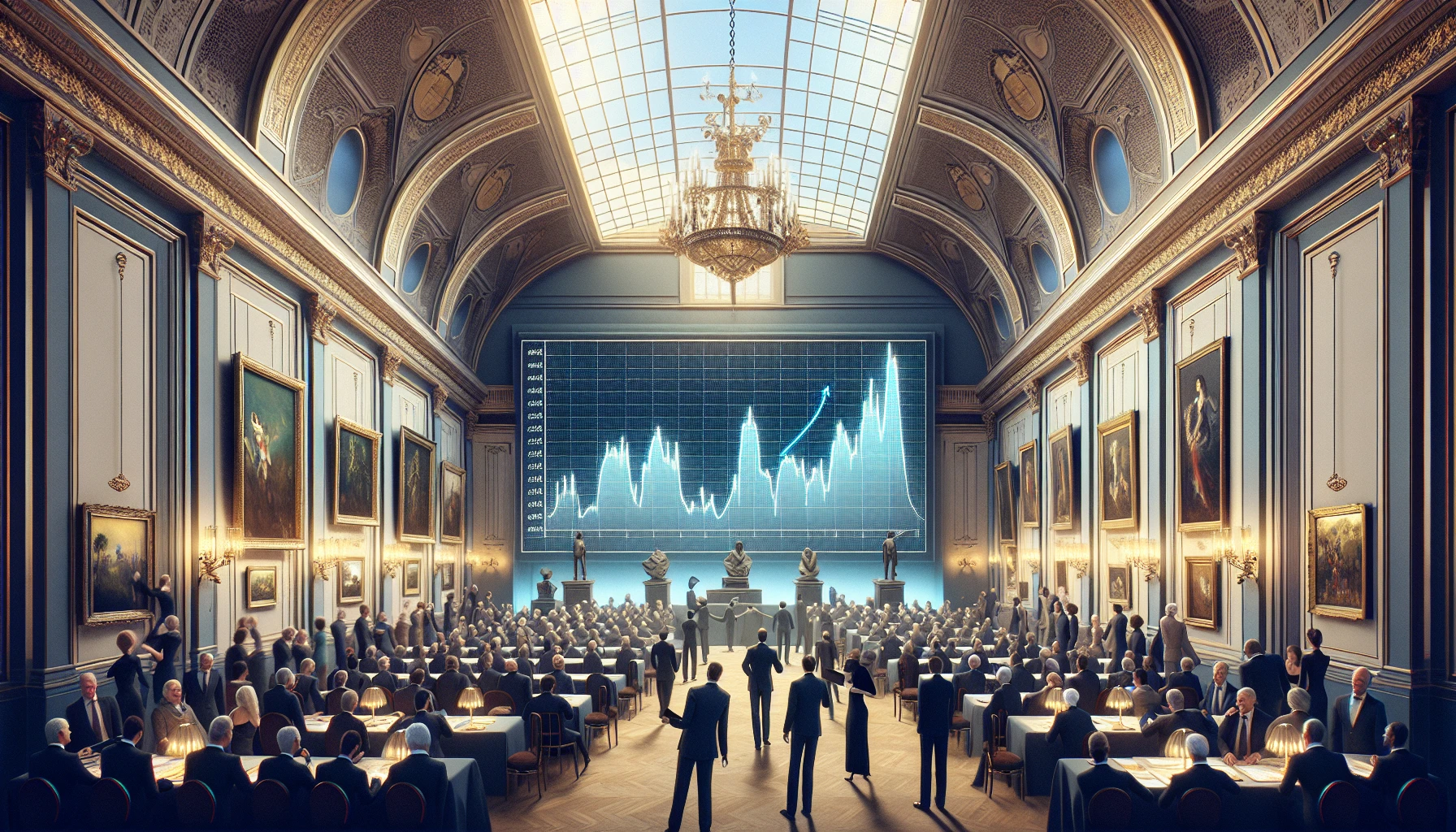
Art investing involves various costs that must be taken into account when building a successful portfolio. Some of these costs include:
- Maintenance costs, such as monitoring humidity and sunlight
- Insurance fees to protect your art collection
- Storage fees if you need to store your artwork in a secure facility
- Authentication fees to verify the authenticity of your artwork
- Auction house fees, which can be substantial when selling art through this channel
These costs are essential considerations for art investors and can impact the overall profit of your art portfolio.
Grasping the market’s supply and demand dynamics aids in making wise investment decisions in the art market. Factors such as the overall state of the economy, market demand, and the artist’s reputation can impact the selling price and potential returns on art investments.
Despite the tempting potential returns from art investing, the art market is not devoid of risks. The illiquidity of the art market can be a significant challenge for investors, making it difficult to convert art investments into cash quickly, and fund managers cannot easily purchase additional artwork to satisfy investor demand.
Building Relationships in the Art World
Fostering relationships with artists, dealers, and other collectors is a fundamental component of prosperous art investing. By fostering connections in the art world, investors can enhance their knowledge, access valuable investment opportunities, and better understand the art investment landscape.
Establishing connections with various individuals in the art world can be incredibly beneficial. These connections can include:
- Gallery owners
- Art critics
- Artists
- Other collectors
Investors can build a strong network in the art world by conversing with fellow artists and industry experts, participating in networking opportunities, and cultivating an online presence.
Seeking guidance from an art advisor can provide direction and expertise in the art market, assisting investors in making wise decisions and customizing their investments to their personal interests and risk tolerance.
Selling and Profiting from Your Art Investments
Selling art investments requires patience and timing, as there is no guarantee of earning a profit due to frequent price fluctuations. Auction houses are a popular choice for selling art, offering access to a wide range of potential buyers and increased visibility for artwork.
However, comprehending market trends and potential returns is key to optimizing profits when selling art investments. Keeping a close eye on the art market and staying informed about current trends can help investors make well-timed decisions about when to sell their artwork and maximize their profits.
Consignment can be a successful approach to selling art investments, as it offers an opportunity to display and promote artwork through a professional art dealer, increasing its visibility and likelihood of being purchased. Additionally, consignment can help ensure that artwork is sold at the most favorable price, as the dealer has the necessary knowledge to properly price and negotiate.
Tailoring Investments to Your Risk Tolerance
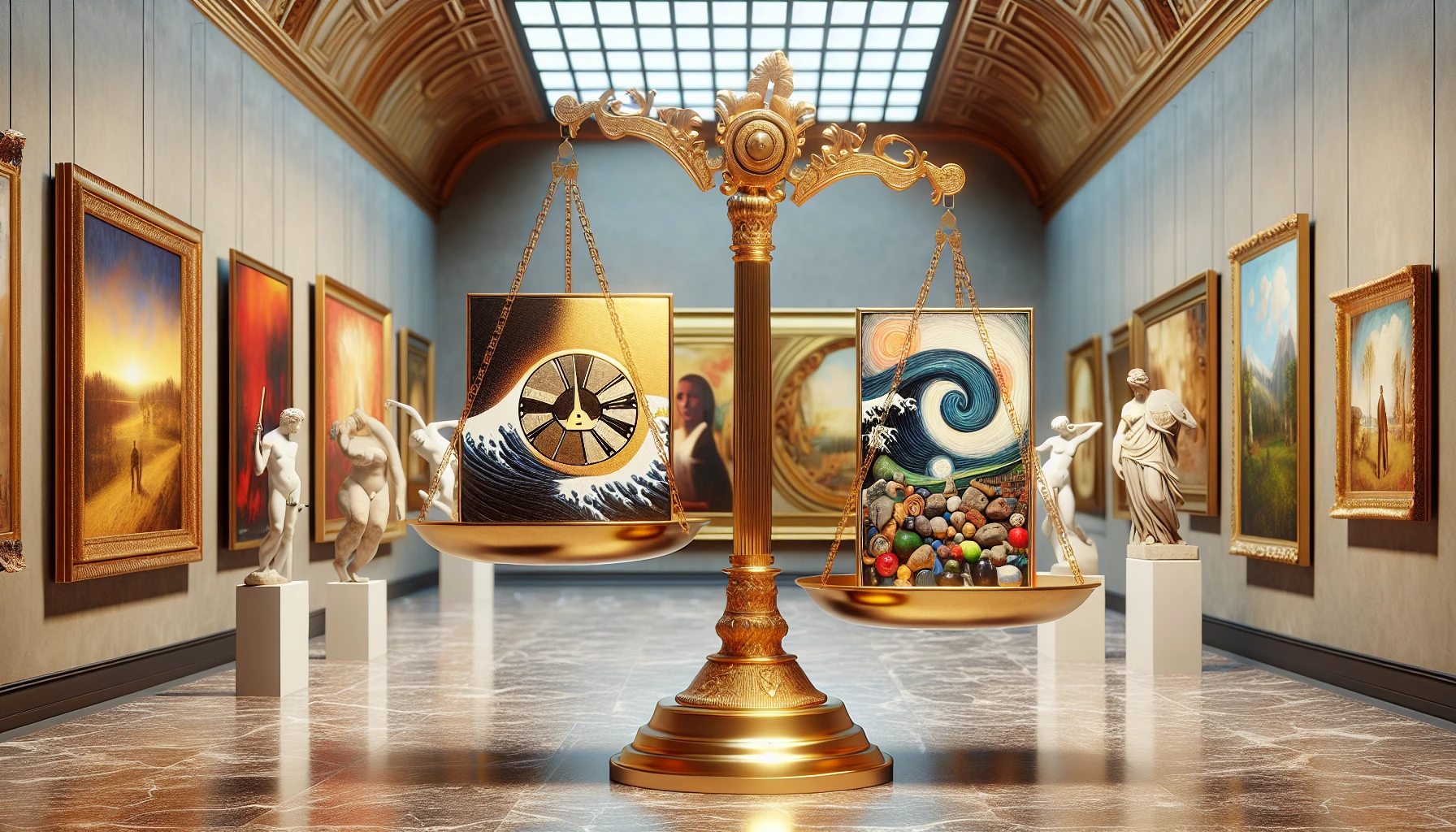
Art investing involves striking a balance between risk and reward, necessitating clear goal setting and alignment of choices with personal interests and risk tolerance by investors. An art portfolio needs diversification to balance risks and rewards, thus considering investments in various artists, styles, and market segments.
Collecting art for personal pleasure can be an effective approach to art investing, as it allows investors to enjoy the artwork while also potentially benefiting financially. Investors can create a more fulfilling and enjoyable investment experience by focusing on aesthetic pleasure over potential financial gains.
Aligning investment choices with personal interests and risk tolerance can be achieved by staying informed about the art market, building relationships with artists and dealers, and seeking expert guidance when necessary. By tailoring investments to individual preferences and risk profiles, investors can build a successful and diverse art portfolio that brings both personal satisfaction and potential financial rewards.
Summary
In conclusion, investing in art is a unique and potentially rewarding venture that requires knowledge, research, and a keen eye for promising opportunities. Investors can build a successful and diverse art portfolio by understanding the art market, purchasing fine art, navigating digital platforms, building relationships in the art world, and tailoring investments to personal interests and risk tolerance.
The world of art investment offers endless possibilities for personal and financial growth. Embrace the challenge, explore the art world, and discover the rewarding journey of art investment.
Frequently Asked Questions
Is Investing in art a good investment?
Investing in art can be a good way to diversify your portfolio, as its value does not fluctuate with the stock market. Art investments can also act as a hedge against inflation and add value to your estate for generations to come. However, it is important to do research and set clear goals before making any art investments.
How can a beginner invest in art?
For beginners, investing in art can involve attending an art fair, gallery, or auction. The primary and secondary markets in the art industry offer a range of investment opportunities.
What are the advantages of investing in art?
Investing in art offers diversification, acts as a hedge against inflation, and has a low correlation to traditional investments. It can also lead to sizable gains if any of your artwork increases significantly in value, allowing you to use the proceeds for other purposes.
What are the risks of investing in art?
Investing in art is a non-liquid asset, resulting in high levels of uncertainty and difficulty in conversion to cash. Furthermore, the fine art market can be unpredictable, posing further risks to potential investors.
What digital platforms are available for investing in art?
Digital platforms such as Artnet, Artsy, and Masterworks provide excellent opportunities to explore and invest in art from emerging artists.
Original post here: Investing in Art
Comments
Post a Comment